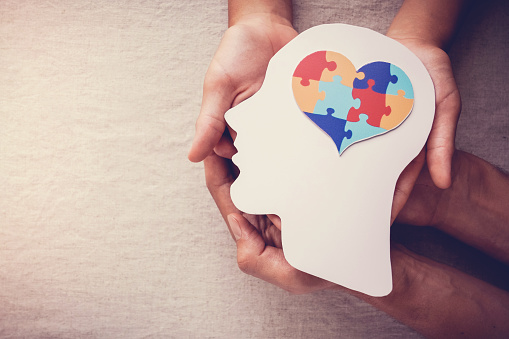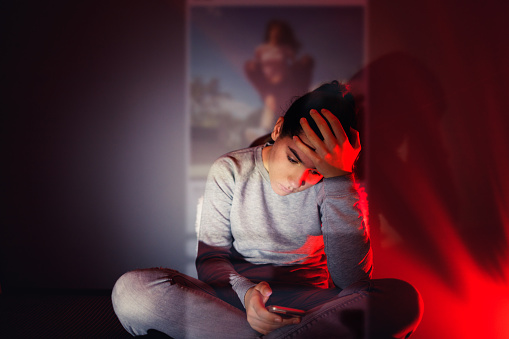LGBTQ Youth Trauma and Suicide Risk

A growing tragedy for our most vulnerable youth
LGBTQ youth have long been known to be at elevated risk of suicide, but recent research indicates a disturbing trend: that risk is getting even worse.
According to a survey published by the Trevor Project, an LGBTQ youth mental health nonprofit, 45% of young LGBTQ people seriously considered attempting suicide in 2021. Furthermore, the organization notes that this is the third consecutive year this figure has increased — a trend that notably predates the COVID-19 pandemic.
The organization surveyed nearly 34,000 LGBTQ people between ages 13 and 24 across the United States. The organization found that the highest rates of suicidality were among transgender and non-binary youth as well as Native/Indigenous youth, Black youth, and multiracial youth.
“We must recognize that LGBTQ young people face stressors simply for being who they are that their peers never have to worry about,” CEO and executive director of the Trevor Project Amit Paley said in a statement. The organization noted that there is nothing intrinsic to LGBTQ people that makes them more at risk of suicide; rather, the problem is the stigma and mistreatment they face at home, at school, and in society.
The findings show that suicide prevention must be inclusive.
The research highlights the need for affirming and inclusive suicide prevention. Public health initiatives that aim to reduce suicide risk must allow youth to “participate in treatment as their full selves,” as the Trevor Project researchers put it. In addition, suicide risk assessments must screen for trauma and consider the demonstrably higher risk among LGBTQ youth with a history of trauma.
More broadly, these findings highlight the critical importance of safe, secure, and supportive environments for LGBTQ youth, both to reduce suicide risk and improve mental health more generally. In safe, accepting communities, the number of suicide attempts among LGBTQ youth is significantly lower. Unfortunately, nearly 40% of LGBTQ youth say they live in somewhat or very unaccepting communities, putting them at increased risk.
Another critical issue is access to mental health services for LGBTQ youth who are struggling. According to the Trevor Project survey, most LGBTQ youth struggle with symptoms of anxiety or depression, yet 60% of those who said they wanted mental health care were unable to get it.
Parents, educators, and medical professionals must take LGBTQ youth suicide risk seriously.
The Trevor Project survey is part of a large body of research that sends a clear message: affirming, including, and supporting LGBTQ youth is a matter of life and death. Parents and caregivers of LGBTQ youth need to provide a supportive environment by talking respectfully with their children about their identity, welcoming their LGBTQ friends and partners, and educating themselves about LGBTQ issues. Teachers, coaches, and other professionals who work with LGBTQ youth need to be aware of the particular challenges they face and respond in a supportive manner. And medical professionals who treat LGBTQ youth must be mindful of the elevated risk of suicide and take all necessary steps to reduce that risk.
The Law Offices of Skip Simpson is proud to stand up for families who lose children or loved ones to suicide, including members of the LGBTQ community. If you have lost a loved one to suicide completion, we would be honored to discuss your legal rights and options in a free consultation. We are based in Texas but serve families nationwide.





 Examining the safety consequences of bringing a handgun into the home
Examining the safety consequences of bringing a handgun into the home





